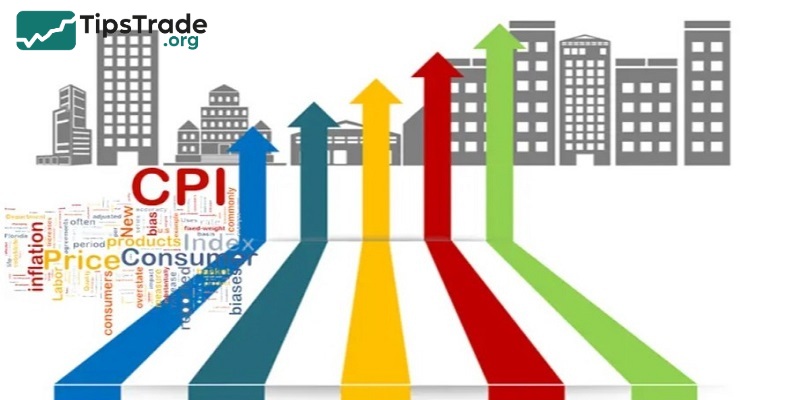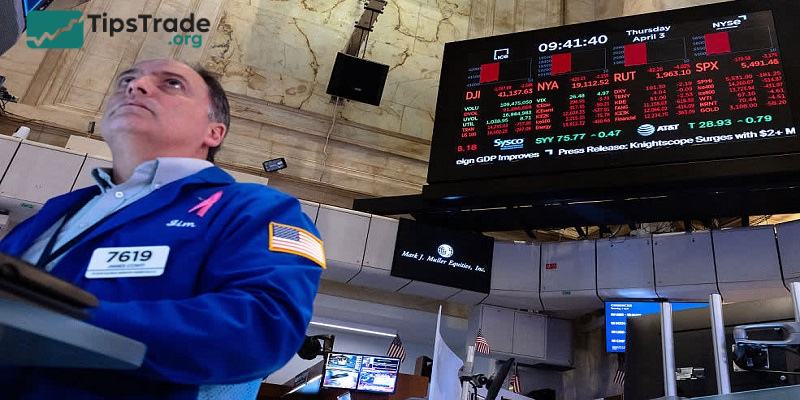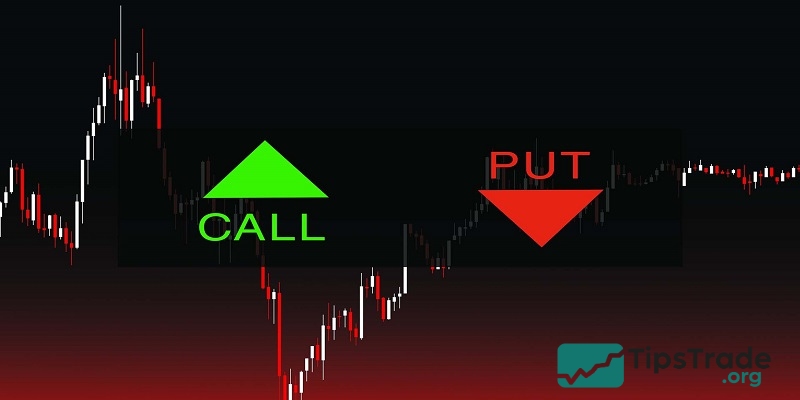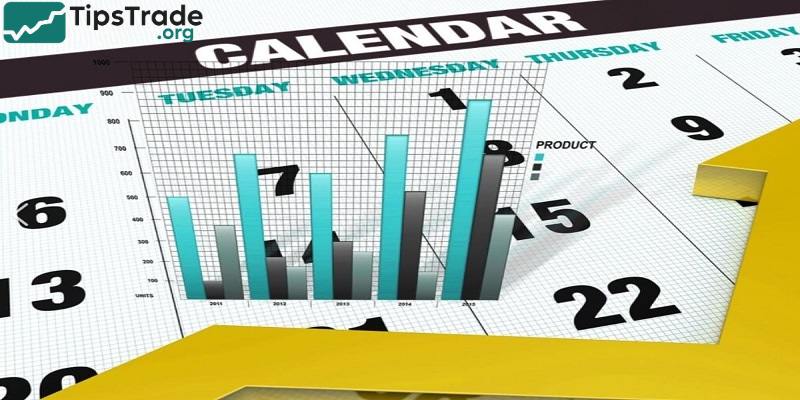Forex market reaction? The forex market is always known as a battleground full of volatility and surprises, especially when unforeseen news emerges. This leads to a key concept that every trader needs to understand: forex market reaction. In the article below, let’s explore the rules of forex market reaction with Tipstrade.org to better read price movements and take advantage of potential trading opportunities!
What role does news play in Forex?
There is no denying that economic news is the most important factor that influences the short-term reaction of the forex market. This information is usually released on a regular schedule and is closely followed by traders and analysts.
Important economic news
Data that is considered “heavyweight” and often causes strong fluctuations include:
- Interest rate decision: Direct impact on capital flows and currency value.
- Inflation Report (CPI, PPI): Reflects purchasing power and price pressure.
- Retail sales: Measuring consumer spending – the main driver of the economy.
- Labor market: Unemployment rate and non-farm payrolls (NFP) often have a strong impact on the USD and many other currency pairs.
- Trade balance: Shows import and export status and foreign exchange demand.

When the news was released
Each country has its own data release times, for example:
- US (USD): 8:30 – 10:00 AM (ET)
- UK (GBP): 2:00 – 4:30 AM (ET)
- Japan (JPY): 6:50 – 11:30 PM (ET)
Timing helps forex traders anticipate moments of high market volatility.
>>Read more:
- What is Forex? The Complete Guide for Beginners
- Important Economic Indexes Every Trader Needs To Know
- The Impact of Central Bank vs Forex – Understand to Invest Effectively
- News Trading Forex Strategies for Beginners
Forex market reaction mechanism
Not all news has the same impact, and the level of forex market reaction depends on the current economic climate.
Respond immediately
When news surprises you and deviates from expectations, the forex market reaction usually happens within seconds or minutes. For example, if US retail sales are much higher than expected, the USD can surge immediately.
Prolonged reaction
Some data not only cause initial volatility but also influence trends for many days. Research by Evans & Lyons (2005) shows that the impact can last up to 4 days, especially when the news is related to monetary policy.

Factors determining the level of forex market reaction
Next to news content, many other factors also influence the strength and direction of forex market reaction.
Expectations before news
If the market has already “priced in” the information (based on forecasts, leaks, or related data), the post-announcement reaction may be weaker. Conversely, unexpected information will cause strong fluctuations.

General economic background
In the post-COVID-19 period, markets have been particularly sensitive to inflation and interest rate decisions, rather than GDP growth indicators, suggesting that the context may change the focus of reaction from time to time.
Example of how the forex market reacts in reality
A typical example occurred in July 2024 with the EUR/USD pair:
- Ahead of the US retail sales data release, the pair maintained a narrow 70-pip range.
- As the actual data was much better than forecast (not down but flat, along with the previous month’s data being revised up), the USD strengthened rapidly, pushing EUR/USD down more than 250 pips.
- However, after 24 hours, the downside momentum lost its effect as the overall trend of EUR remained stronger than USD in that context.
With the situation just mentioned above, it can be seen that Forex market reaction can reverse quickly if they do not align with the larger trend.
The impact of forex option types on forex market reaction
Not only spot trading, forex options also affect price reaction. Exotic options such as Double One-Touch or Double No-Touch are often traded heavily around news releases.
- Double One-Touch: Profit if price touches either resistance level before expiry.
- One-Touch: Just hit a resistance level.
- Double No-Touch: Profit if price does not touch any resistance levels.
These tools help some traders access volatility without predicting the exact direction, but still contribute to shaping forex market reactions around key price levels.

How to track and analyze forex market reaction
In the digital age, accessing news and Forex market data has become easier than ever. Below are some popular tools that you can refer to and apply:
- Economic Calendar: Updated data release schedules help prepare for volatile times. Filtering by country and importance helps focus on the most impactful information.
- Looking at Pre- and Post-News Charts: Identifying pre-news consolidation zones and comparing post-news volatility is a visual way to gauge the strength of the forex market reaction.

Final thoughts
In summary, understanding forex market reaction is one of the important aspects that traders cannot overlook. To succeed, you need to learn how to observe, analyze, and develop trading strategies suitable for each situation. When you understand how this reaction works, you will have a competitive advantage and increase your chances of success in foreign exchange investment. Wishing all traders successful trading!
Read more:

